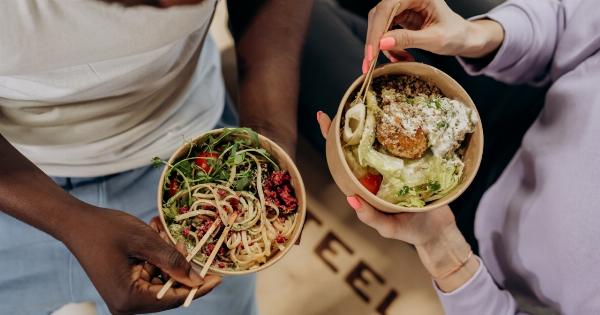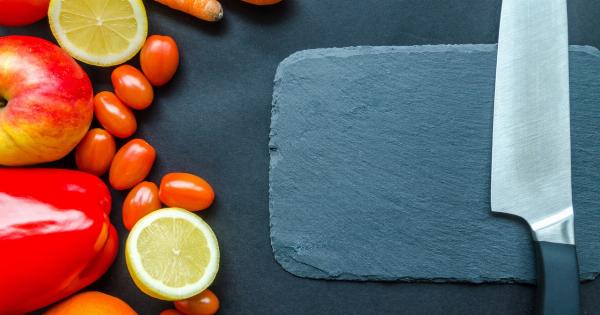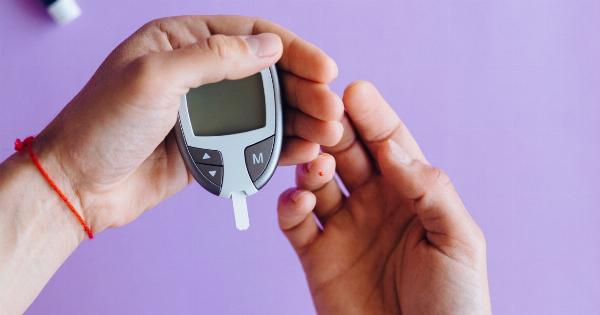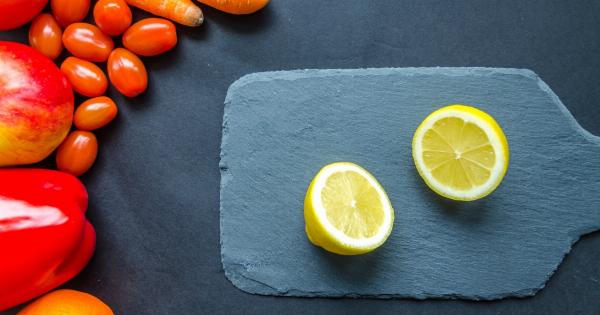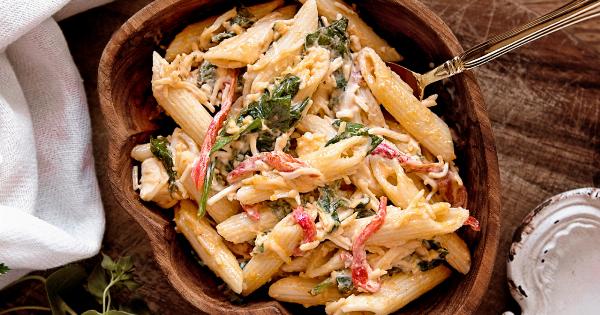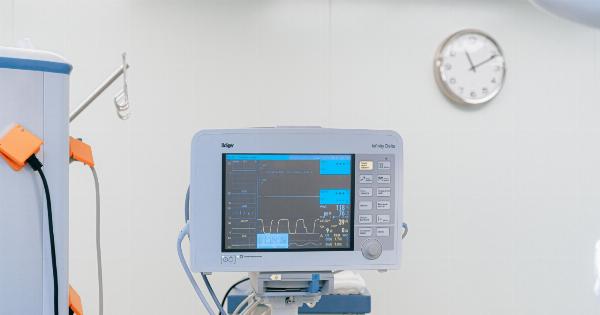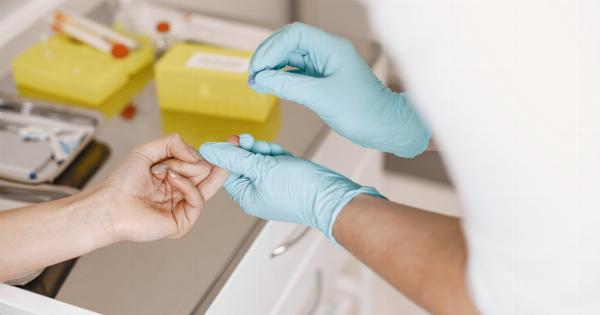The glycemic index (GI) is a measure of how quickly carbohydrates in food raise blood glucose levels. It is a valuable tool for individuals with diabetes, as well as those who want to manage their blood sugar levels and overall health.
The GI value of a food is influenced by various factors that determine how quickly it is digested, absorbed, and metabolized by the body. Understanding these factors can help individuals make informed dietary choices to maintain stable blood sugar levels and promote overall well-being.
1. Carbohydrate Structure and Type
The type and structure of carbohydrates in food play a significant role in determining the glycemic index. Simple carbohydrates, such as glucose and fructose, are quickly broken down and absorbed, leading to a higher GI value.
Complex carbohydrates, such as those found in whole grains, take longer to break down and have a lower GI value. Fiber-rich carbohydrates, which are slower to digest and absorb, also tend to have a lower GI.
2. Presence of Fiber
Dietary fiber is a crucial component of a healthy diet and plays a key role in regulating blood sugar levels. Foods that are high in fiber, such as fruits, vegetables, and whole grains, tend to have a lower GI.
Fiber slows down the digestion and absorption of carbohydrates, resulting in a slower and more steady release of glucose into the bloodstream.
3. Fat and Protein Content
The presence of fats and proteins in a meal can lower the overall GI of a food.
Adding healthy fats or lean protein sources, such as avocado or chicken breast, to a high-GI carbohydrate can help slow down digestion and reduce the impact on blood sugar levels. Combining different macronutrients in a meal is a practical strategy for balancing the glycemic response of the overall meal.
4. Food Processing and Cooking Methods
The degree of food processing and the cooking methods used can significantly influence the glycemic index.
Highly processed foods, such as white bread or pastries, generally have a higher GI compared to their less processed counterparts, like whole wheat bread or oats. Cooking methods also influence the GI, with longer cooking times generally increasing the GI value.
5. Ripeness and Maturity
The ripeness and maturity of fruits can affect their GI. As fruits ripen, their starch content converts into simple sugars, increasing their GI value. For example, a ripe banana will have a higher GI than an unripe one.
It’s important to consider the ripeness of fruits to make more informed choices, especially for individuals with diabetes or those looking to manage their blood sugar levels.
6. Food Particle Size and Texture
The particle size and physical structure of food can impact the glycemic index. Finely ground or processed grains tend to have a higher GI compared to whole grains because they are more rapidly digested and absorbed.
Whole grains contain intact bran and fiber, which slows down the digestion process and lowers the GI. Chewing food thoroughly can also affect the glycemic response by breaking down food particles into smaller sizes, leading to faster digestion and absorption.
7. Combination of Foods
The overall composition of a meal can influence the glycemic index of individual foods within that meal. Combining low-GI foods with high-GI foods can help lower the overall glycemic impact.
For example, combining a high-fiber vegetable stir-fry with brown rice can help moderate the rise in blood sugar levels compared to consuming rice alone.
8. Acidity
The acidity of a food, measured by its pH level, can affect its GI value. Acidic foods tend to have a lower GI compared to alkaline or neutral foods.
For instance, citrus fruits like oranges and grapefruits, which are acidic, have a lower GI compared to bananas or grapes. The acidity may slow down the digestion process and result in a slower release of glucose into the bloodstream.
9. Cooking and Cooling Foods
The cooking and cooling process can impact the glycemic index of certain foods. When some foods, like white potatoes or white rice, are cooked and then cooled, their starch structure changes, forming resistant starch.
Resistant starch is slower to digest and has a lower GI compared to the same food when it is freshly cooked.
10. Individual Variations
Individual differences in digestion and metabolism can also affect how a person’s body responds to different foods. Factors such as gut health, insulin sensitivity, and genetic variations can influence the glycemic response to specific foods.
It is essential to take into account individual differences when using the glycemic index as a guide for managing blood sugar levels.
Conclusion
The glycemic index of food is influenced by various factors, including carbohydrate structure, fiber content, fat and protein content, food processing and cooking methods, ripeness and maturity, food particle size and texture, combination with other foods, acidity, cooking and cooling effects, and individual variations. By considering these factors, individuals can make more informed dietary choices to better manage their blood sugar levels and promote overall health.




